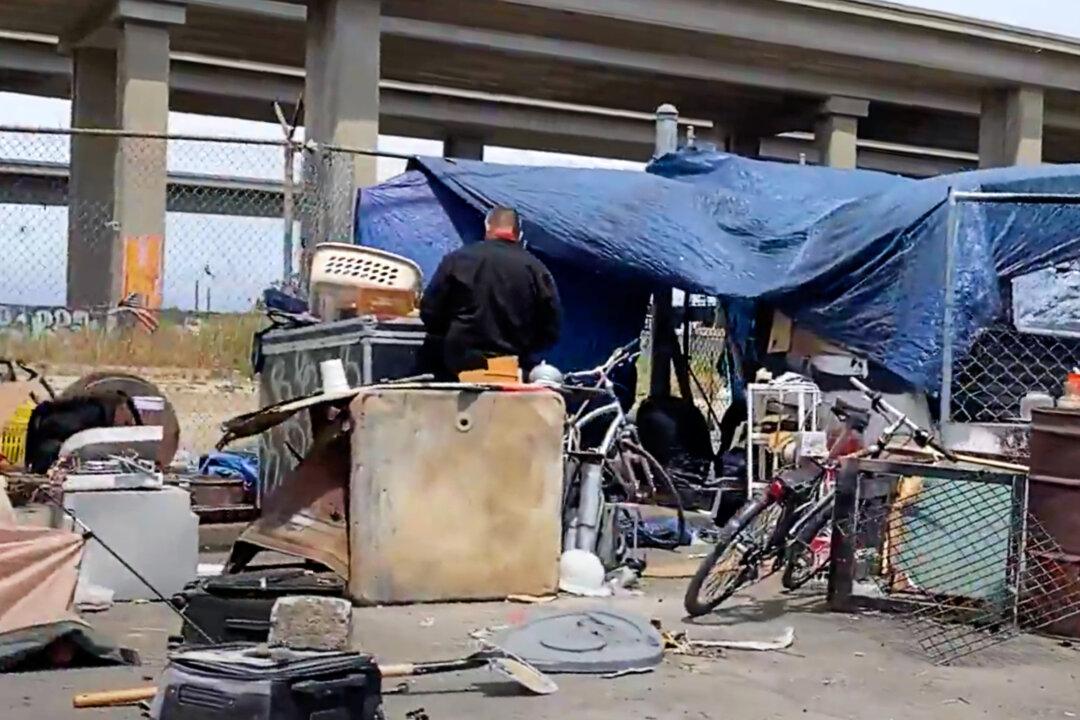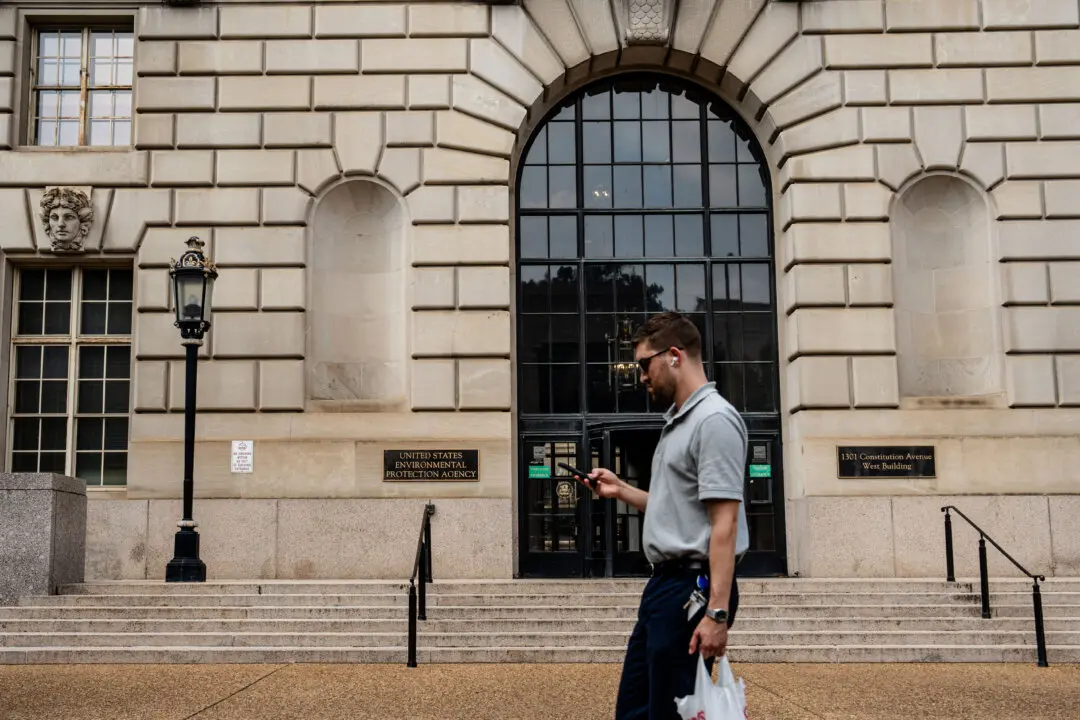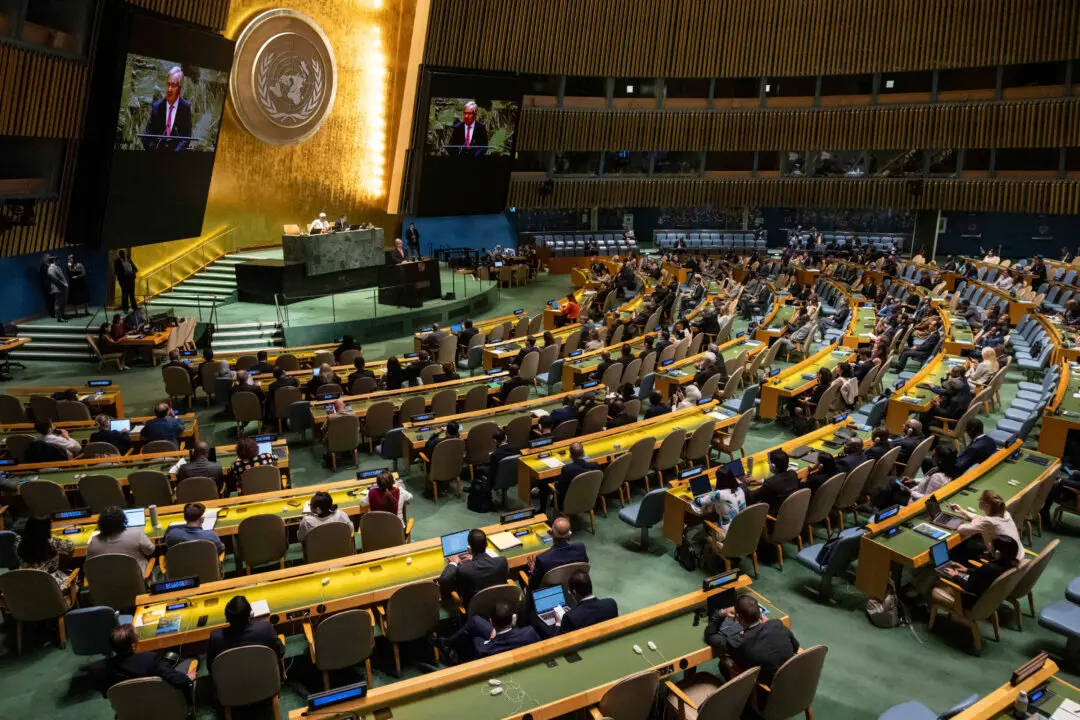California has the largest number of people experiencing homelessness in the United States, accounting for nearly a third of the country’s homeless population, according to a recent study conducted by the University of California, San Francisco (UCSF).
“More than 171,000 people experience homelessness daily in California, two times more than the next highest state,” the UCSF’s California Statewide Study of People Experiencing Homelessness (CASPEH) study report (pdf) said. “While 12 percent of the overall United States population lives in California, 30 percent of the nation’s homeless population and half the nation’s unsheltered population (those living outside, in vehicles, or in places not meant for human habitation) reside here.”





